
Grandes Heures de Saint-Emilion
The association Les Grandes Heures of Saint-Emilion offer you high quality classical concerts held within the magnificent wine estates of Saint-Emilion.
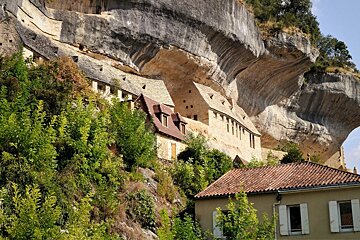
© PWilliamson

© PWilliamson

© PWilliamson

© PWilliamson

© PWilliamson

© PWilliamson

© PWilliamson

© PWilliamson
In Vézère valley, this is the centre of the region's prehistoric sites
The town and the surrounding prehistoric sites have been designated a UNESCO World Heritage site. Nearly 150 sites have already been discovered and contain significant finds dating back as far as the Middle Stone Age - about 300,000 to 40,000 years ago.
Situated within the dramatic Vézère valley, Les Eyzies has a very good National Museum of Prehistory where you can find a guide to the area's caves and their paintings. With a tourist industry that emerged in 1860's with the first prehistoric discoveries, you can travel back in time through around 450,000 years of human existence.
The town itself is situated in an exceptionally beautiful natural environment, where the cliff faces reveal traces of troglodyte settlements and the old town offers a pretty setting to sit and enjoy a coffee in between those visits to historical sites.
There are numerous caves, other archaeological and prehistoric sites in the area, numbering nearly one hundred, including fifteen classified by Unesco. However, not all are open to visitors.

The association Les Grandes Heures of Saint-Emilion offer you high quality classical concerts held within the magnificent wine estates of Saint-Emilion.

The Fête de la Musique is a celebration that takes place every summer solstice on 21 June in cities, towns and villages across France.

Bastille Day is celebrated across the whole of France with a bang...well, several in fact, fireworks always feature heavily.
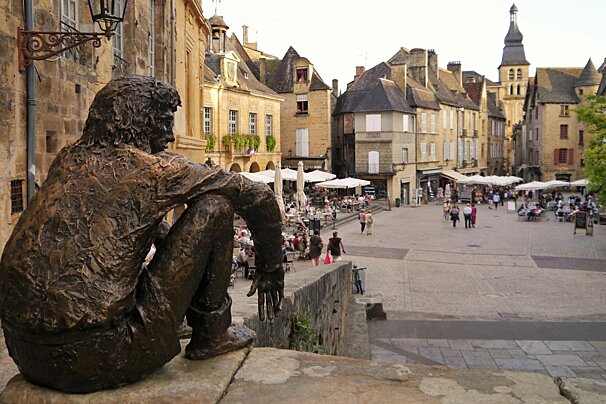
Exceptional locations around France, including Dordogne, will be open to visit on the Journées du Patrimoine - a European wide event inspired by by France’s Journées Portes Ouvertes which started in 1984.
An area that has been inhabited since the Paleolithic and Neolithic times, it comes as no surprise that there are a wealth of prehistoric remains in and around the town.
In March 1868, the geologist Louis Lartet, discovered the first five skeletons of Cro-Magnons, the earliest known examples of Homo sapiens, in the Cro-Magnon rock shelter at Les Eyzies-de-Tayac. These skeletons included a foetus, and the skulls found were remarkably modern-looking and much rounder than the earlier Neanderthal.
The village has been registered as the 'Capital of the Prehistoric Times' and has developed as a tourist destination since the time of the first archaeological discoveries.
The main reason to come to this pretty little town is to discover the wonders of the archaeological sights. There are numerous caves, shelters and museums to explore, as well as the very special Musée National de la Préhistoire. This town is known as the capital of prehistory, and it's for good reason.
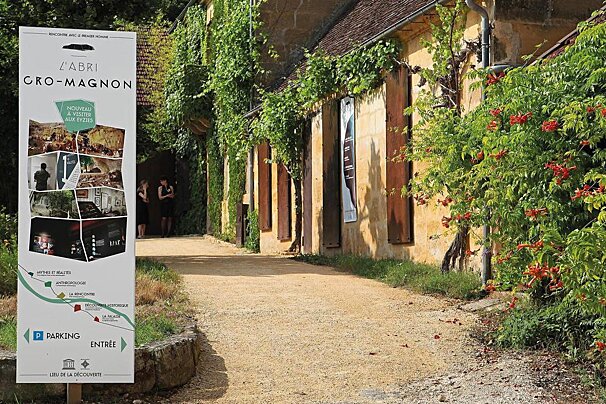
Built on the location where the first burial site was discovered by modern man in 1868, the Museum of CRO-Magnon Shelter offers the public the chance to interact with our ancestors and to (re) discover our history.
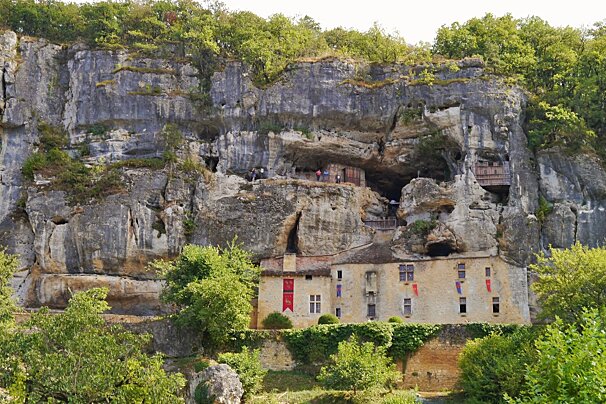
This is an impressive honey-stoned troglodyte house built within large cave shelters. Its relatively modest exterior disguises the space within, which is decorated in a grand style, with original medieval furniture and tapestries.
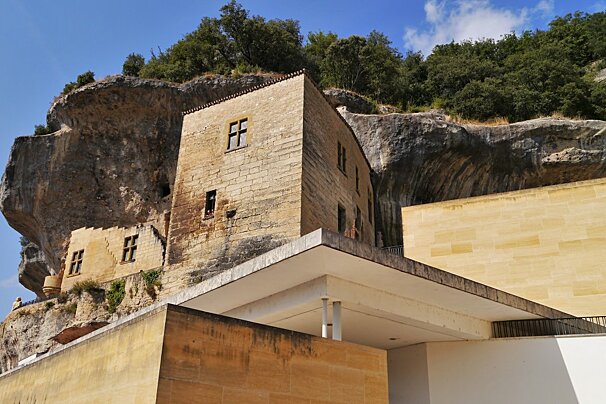
The remains of the Château de Tayac built into the side of the cliff, have been transformed into a museum in a modern style by Jean-Pierre Buffi.
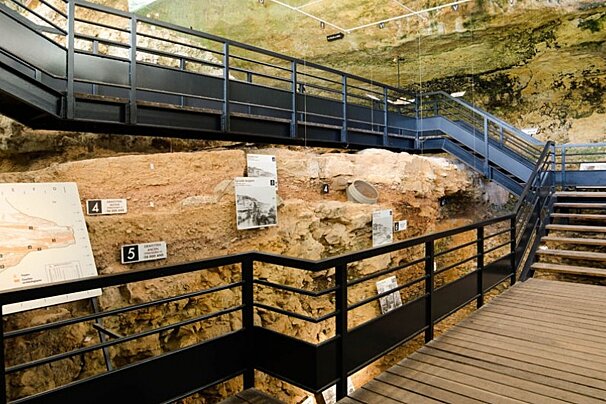
The Pataud Shelter (or Arbi Aptaud) is one of the few prehistoric sites in the area which also shows how it has been dug and the archaeological techniques used.
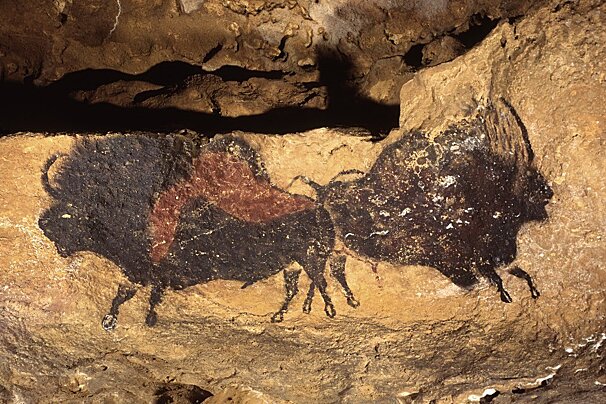
The prehistoric paintings in the Font-de-Gaume caves near Les Eyzies-de-Tayac were discovered at the turn of the 20th century by Denis Peyrony.

This cave houses an impressive collection of prehistoric paintings and engravings dating from the Magdalenian period. Through its winding passageways, there are over 600 engravings of animals and stylised humans.
Most of the better quality restaurants are situated within the hotels of the town. there are of course plenty of cafés along the main drag which runs directly under the cliff face where you can pick up a quick snack or a coffee to keep you going. One of the more popular restaurants is La Maison Tartines, Vins and Jardin.
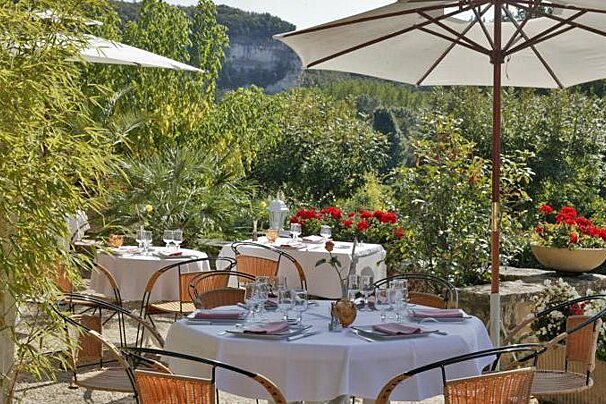
With a terrace set alongside the Vezerie river and within a hotel clad in Virginia Creeper and decorated with heart, warmth and style, the restaurant is hugely inviting.
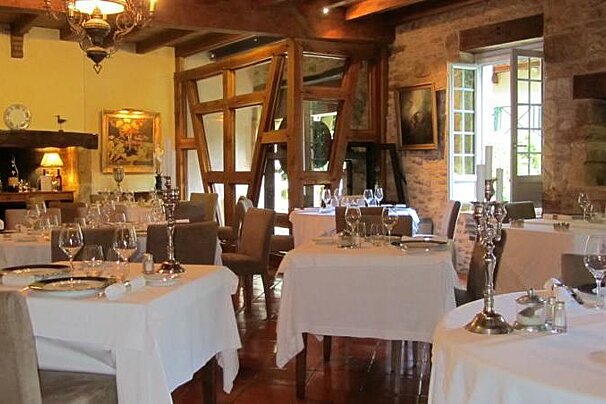
A bright restaurant with stone walls, old wooden beams, fireplace and inviting allure, offer up culinary delights from the region. A strong focus is on local local treats and seasonality.
The young chef at this restaurant, David Beyney, produces creative French cuisine using local products. It is a real gem of a restaurant, located high in the Périgord village of Audrix. There is also a small attractive hotel attached.

Sitting wonderfully on the central square in Tursac, this great little restaurant has an attractive garden in which to enjoy their traditional but imaginative fare. There is a good vegetarian selection and a full vegetarian set menu available if you let them know in advance.
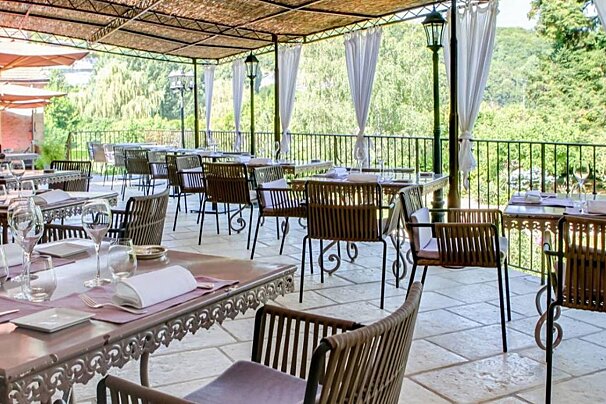
With their very own garden, the restaurant has access to the freshest fruit, vegetables, edible flowers and herbs. This is reflected in the menu, which makes the most of the regions famous culinary delights, including foie gras and of course Perigords black diamond, the truffle. You will easily settle into the cosy, contemporary restaurant or get to enjoy your surroundings while dining out on the terrace.
Hiking, walking and canoeing on the river are just a few of the past times that you can enjoy is particularly beautiful part of the Dordogne.
If you're 'caved-out' then taking in the scenery from the water as you paddle gently down stream is always a welcome relief.
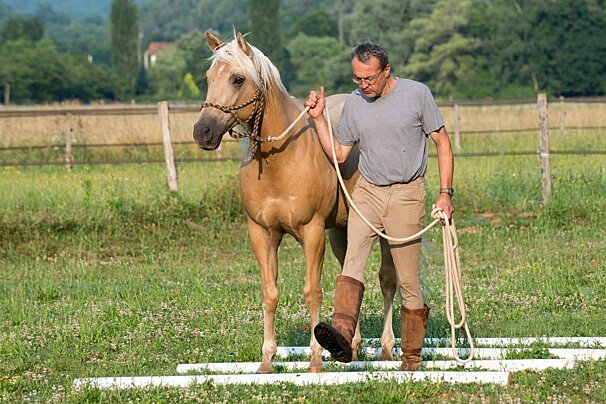
Experience the beautiful Vezere valley and its prehistoric sites on horse back.

This area provides water-sports for all ages. Renowned for its architectural heritage and sites of natural beauty, you will find that paddling is a great way to relax and have fun whilst enjoying the scenery.
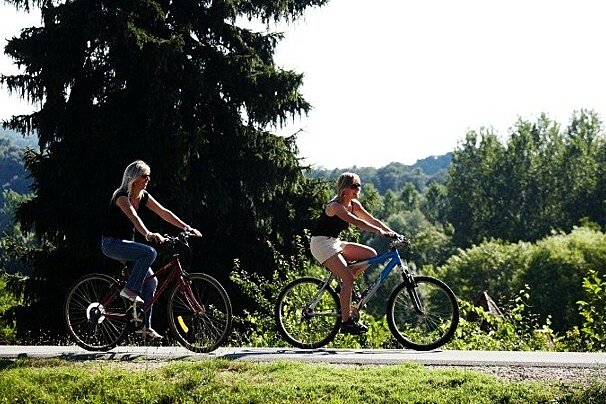
This Voie Verte (greenway) has been created along the track of an old and now unused railway line.

This short stretch of Voie Verte (greenway) is perfect for families looking to stretch their legs in the Dordogne countryside, without having to conquer any hills climbs.
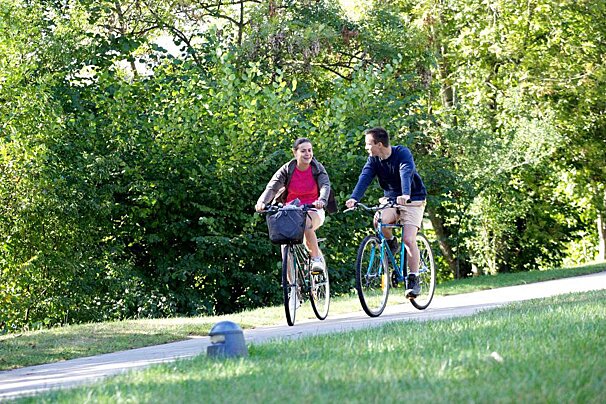
A 23km trail that follows the Isle river through the Perigord countryside from Trelissac (Charrieras) to Marsac (La Roche).
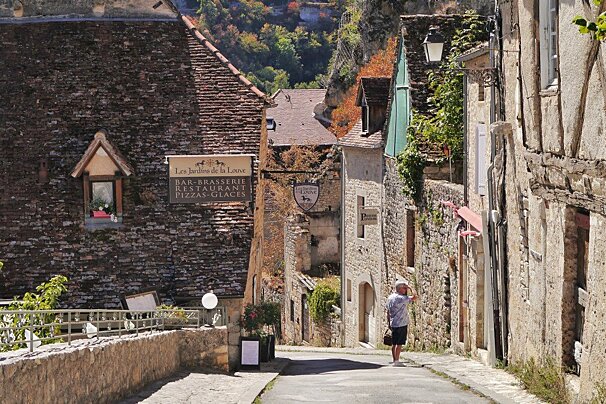
Although just 25km this circular route from Rocamadour does cross some challenging terrain. Partly on river path and some parts on road, you will need to have some experience of cycling to enjoy this route fully.
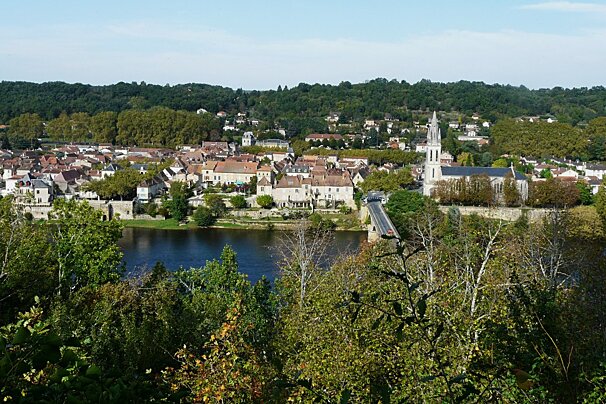
Following part of the GR6 route through the Dordogne this walk takes you from Lalinde on a circular route through the surrounding countryside.

A 23km trail that follows the Isle river through the Perigord countryside from Trelissac (Charrieras) to Marsac (La Roche).
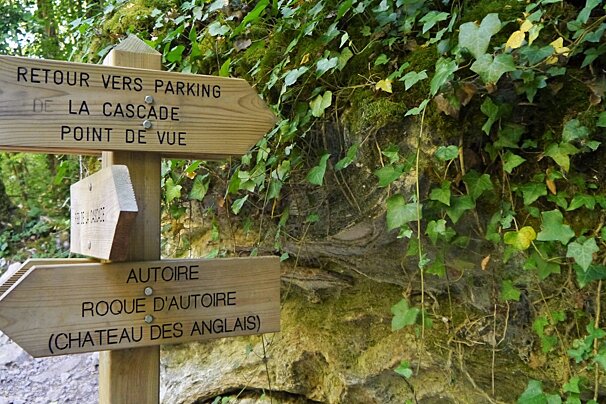
This walk is wonderful and relaxing way to explore the valley of Autoire and the horseshoe shaped cliff band that guards it to the south-west.
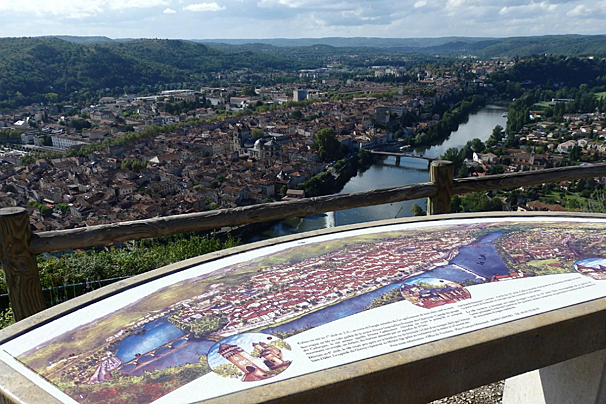
With stunning views over the Lot river and the town of Cahors this walk is worth it just to enjoy the views.
Part of a long distance towpath, there is an interesting section cut out of the rocky cliff face between Bouziès and Saint-Cirq Lapopie which was used to drag barges along the river Lot. It's about five kilometres between the two villages and is a stunning section of the river.

This area provides water-sports for all ages. Renowned for its architectural heritage and sites of natural beauty, you will find that paddling is a great way to relax and have fun whilst enjoying the scenery.
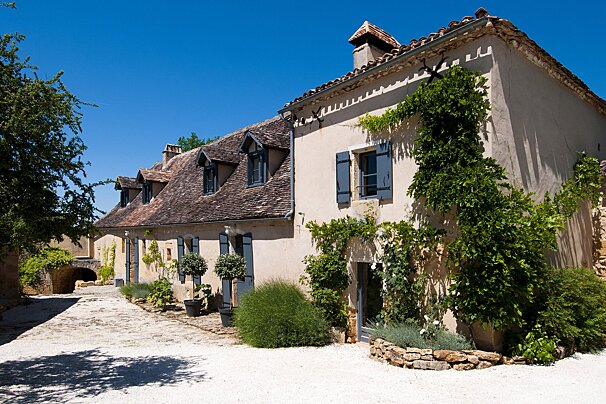
Renovated 16th century farmhouse in Dordogne.

Surrounded by a patchwork of fields and forests in the picturesque Perigord Noir area, the charming village of Prats-du-Perigord, with its honey coloured stone buildings topped with pitched roofs of deep red tiles, is most typical of the region.

This recently renovated semi-detached stone village house is a delightful addition to our collection of properties in the picturesque Dordogne region. Situated along one of the narrow lanes in the village of Prats-du-Périgord, La Croix is a restoration that blends the traditional with the contemporary to great effect.

Charming renovated detached cottage in the heart of Dordogne.

A combination of two renovated villas in the heart of Dordogne.
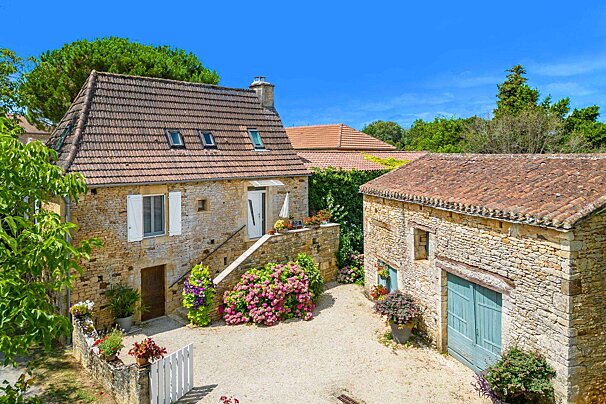
The undulating countryside north of the River Lot is dotted with chestnut woods and stone villages. In a tiny hamlet, close to the border with the Dordogne (3km), sits La Maison Fleurie, a picturesque stone cottage, adorned with pots of colourful flowers.
At the far end of Les Eyzies de Tayac you'll find the four-star Les Glycines Hotel and Spa; a touch of contemporary design in this centre for prehistory. In addition to this the town has several other decent hotels and some rather charming B&Bs - to be expected in the Dordogne region.

Located just a 5 minute walk from the centre of Dordogne's capital Sarlat, the hotel has minimalist, comfortable rooms with a large en suit, flat-screen TV and free Wifi. Located in the grounds is also a hugely inviting swimming pool.

With parts of the building dating back to the 14th Century, there is no surprise that the building itself acts as a focal point throughout the property. With stone walls and ancient wooden beams being left exposed, the place really feels as though there are stories to be told while sitting out in its large gardens, laced with nut trees and springs.

Ideally situated a short distance from the medieval town of Sarlat, this tranquil retreat offers up contemporary rooms with touches of authenticity. The hotel grounds have a wonderful park with a small lake, footbridges and its own private swimming pool.
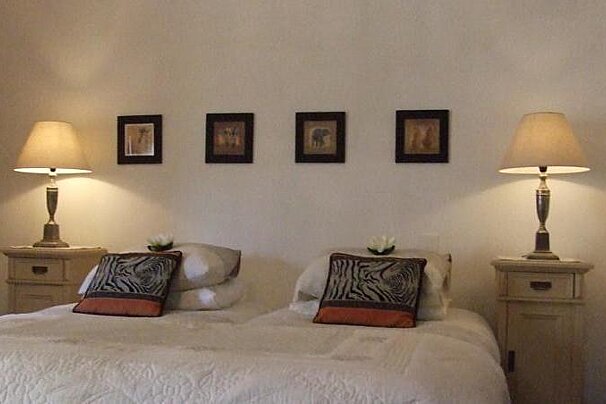
Previously a farm house, Le Noyer was lovingly renovated into a B&B in the 20th Century. Now a charming retreat with exposed stone walls, elegant furnishings and modern comforts.

Offering a magnificent view of one of the most beautiful villages in France, the 19th century Manoir de la Malartrie is beautifully decorated inside, using antique furnishings and sleek wooden finishes.

Located on 45 hectares of classified land, the Rhonie Daomine has been operating under the same family name since 1830 and was opened to guests for the first time in 1963.

The property,dating from the 17th century, lies in a quiet, open valley, fed by a small stream.